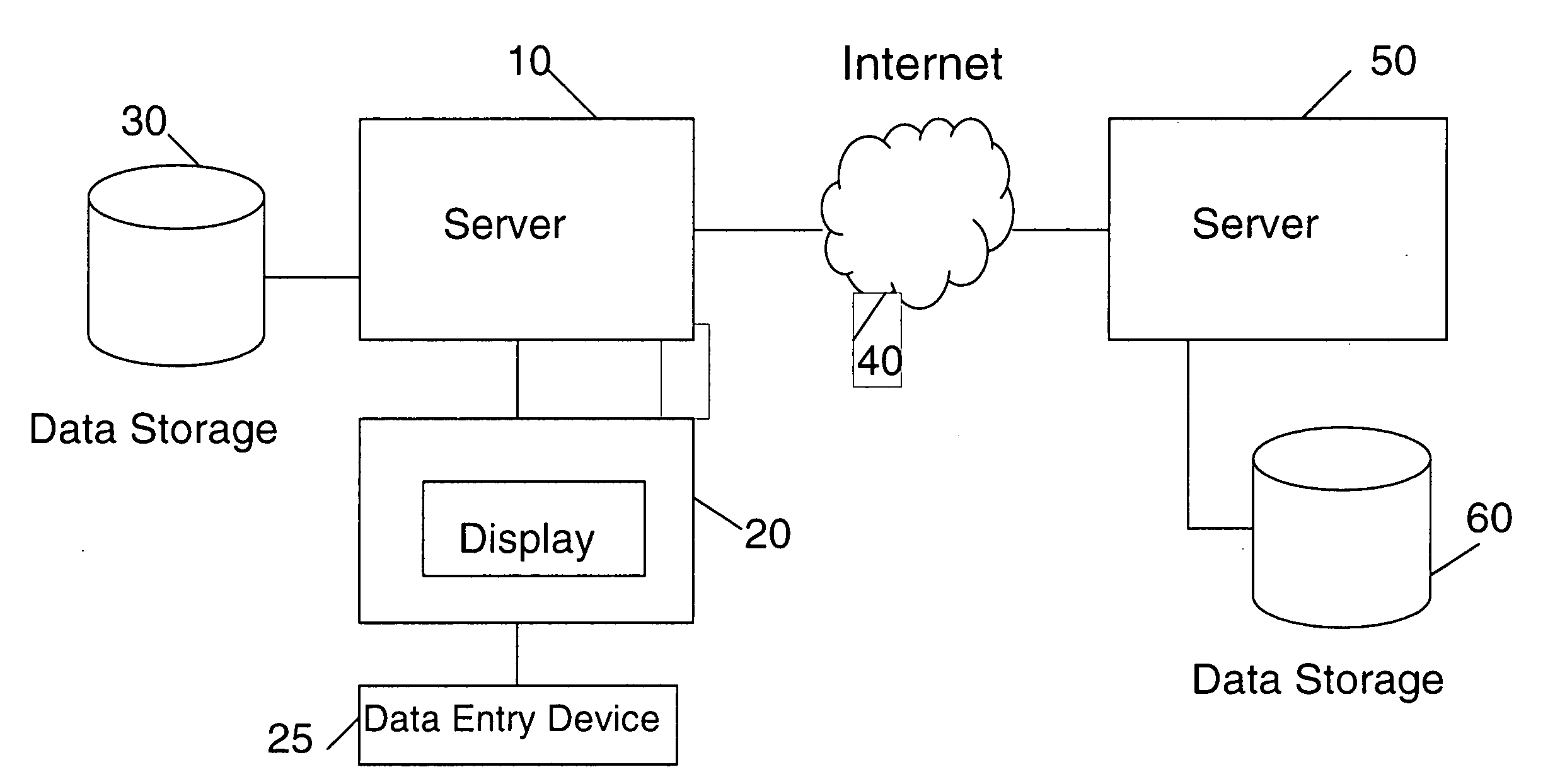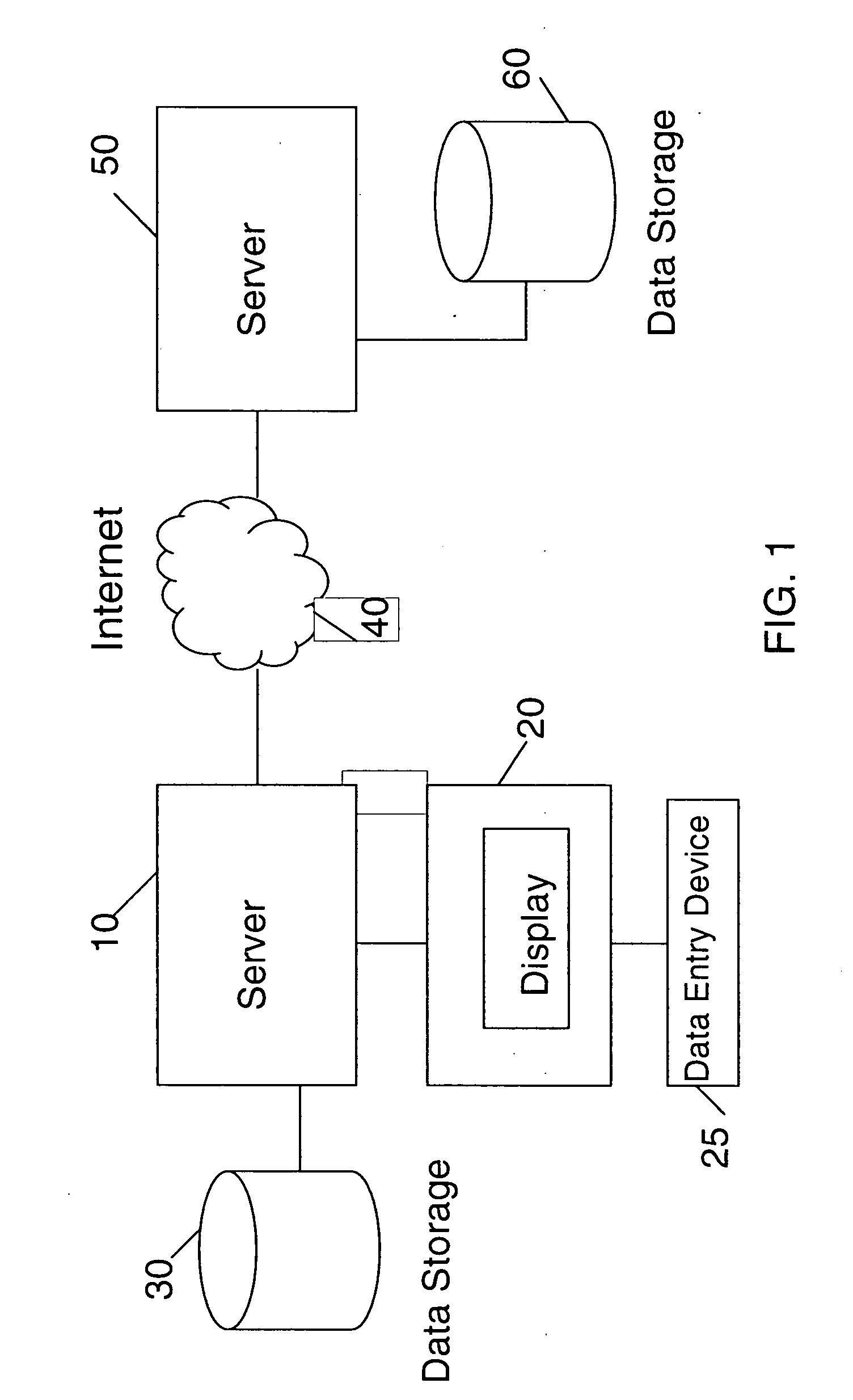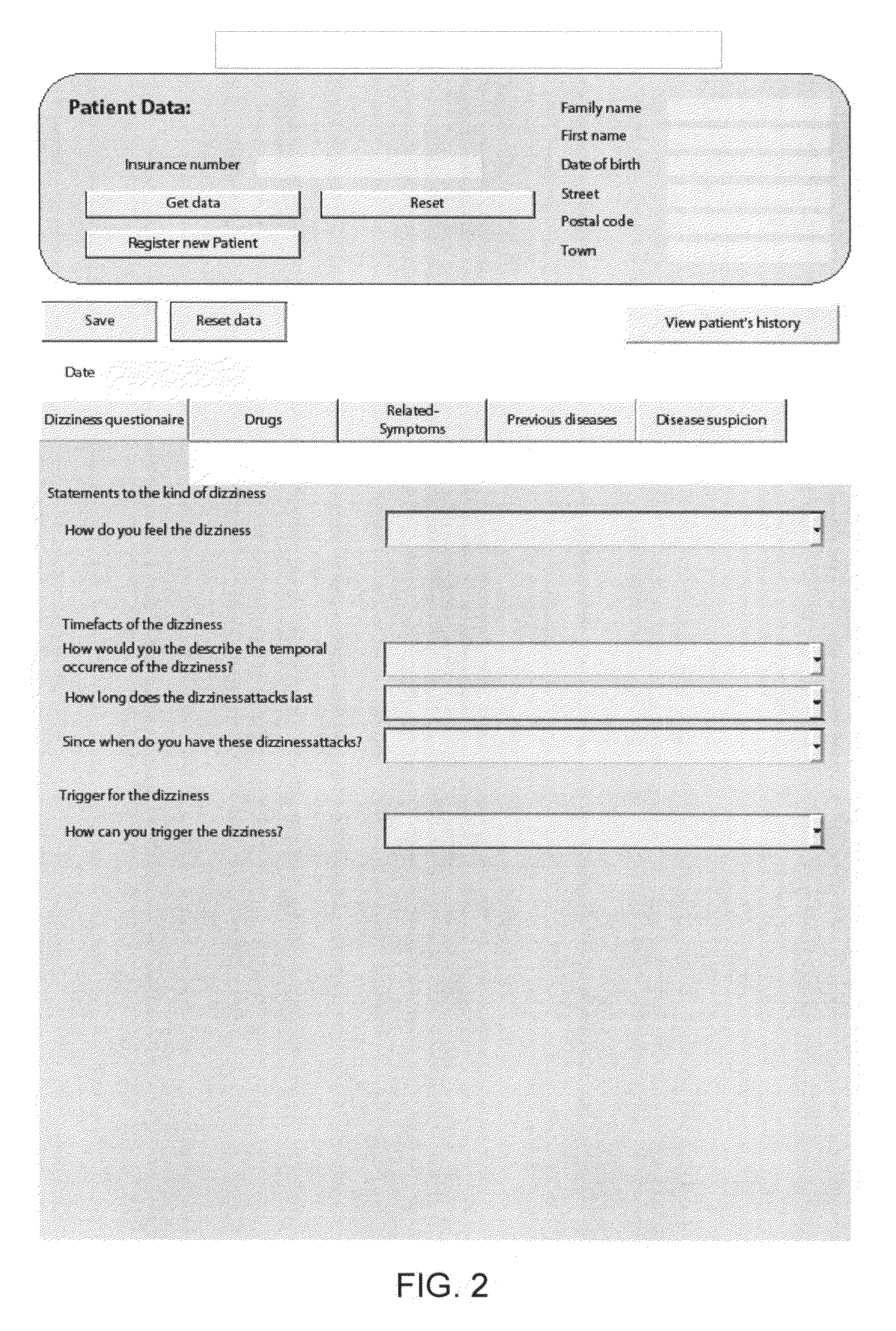Method and system for differential diagnosis neuro solution
a neuro-solution and neuro-system technology, applied in the field of neuro-solution methods and systems for differential diagnosis, can solve the problems of affecting the outcome of treatment, and affecting the quality of treatmen
- Summary
- Abstract
- Description
- Claims
- Application Information
AI Technical Summary
Problems solved by technology
Method used
Image
Examples
Embodiment Construction
[0018]Reference will now be made in detail to embodiments. While the invention will be described in conjunction with these embodiments, it will be understood that it is not intended to limit the invention to such embodiments. In the following description, numerous specific details are set forth in order to provide a thorough understanding of the present invention which, however, may be practiced without some or all of these specific details. In other instances, well known process operations have not been described in detail in order not to unnecessarily obscure the description.
[0019]The embodiments described herein include methods, processes, apparatuses, instructions, systems, or business concepts for diagnosing patients presenting with one or more symptoms which may be indicative of a stroke. However, the examples of diseases, syndromes, conditions, and the like, and the types of examination, diagnosis and treatment protocols described herein are by way of example, and are not mea...
PUM
 Login to View More
Login to View More Abstract
Description
Claims
Application Information
 Login to View More
Login to View More - R&D
- Intellectual Property
- Life Sciences
- Materials
- Tech Scout
- Unparalleled Data Quality
- Higher Quality Content
- 60% Fewer Hallucinations
Browse by: Latest US Patents, China's latest patents, Technical Efficacy Thesaurus, Application Domain, Technology Topic, Popular Technical Reports.
© 2025 PatSnap. All rights reserved.Legal|Privacy policy|Modern Slavery Act Transparency Statement|Sitemap|About US| Contact US: help@patsnap.com



